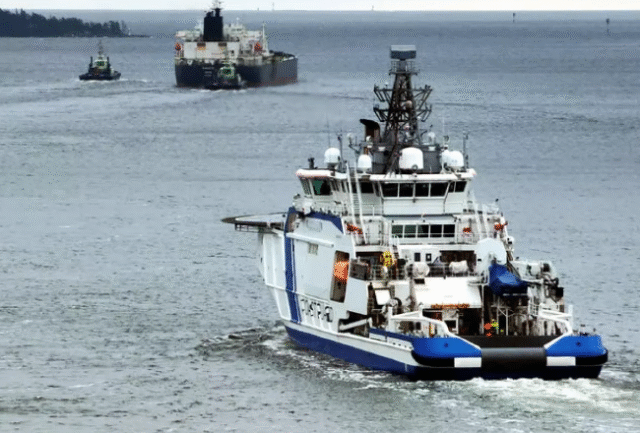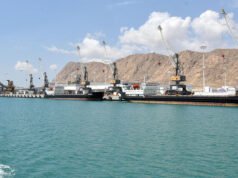Finland is participating in NATO’s high-priority Task Force X programme, a secretive initiative aimed at safeguarding critical infrastructure in the Baltic Sea, particularly vulnerable undersea communication cables.
According to information obtained by Ilta-Sanomat, the programme has involved the deployment of 45 robotic surveillance platforms across the Baltic Sea. Their mission: monitor, in real-time, the integrity of undersea cables and detect suspicious maritime activity.
A total of 70 robotic units have been assigned to the operation overall. The initiative is part of NATO’s broader security framework and has so far cost the alliance approximately $10 million.
The robotic units operate around the clock and are currently monitoring strategic maritime choke points and straits in the region. The project was launched 30 days after a cable was mysteriously severed in the Baltic in December 2024. The first robot became operational in January 2025. The current phase of the programme is expected to conclude in two weeks, at which point the robots will be withdrawn until the next assignment.
Task Force X is closely connected to the Baltic Sentry programme, which NATO officially unveiled in Helsinki on 14 January. The effort reflects growing concern over the security of maritime infrastructure amid increasing geopolitical tensions, particularly with Russia.
Following the cable sabotage last year, NATO sent five vessels into the Baltic Sea. According to a source cited by Ilta-Sanomat, keeping these ships operational in the area costs the alliance nearly $3 million per day, prompting a shift toward more cost-effective robotic surveillance under Task Force X.
“The goal was to reduce the burden and increase responsiveness,” the source said, noting that the presence of robotic systems serves as a strategic deterrent to Russia. “We wanted them to know that if they try something in the Baltic Sea, we will see them. We’re there within minutes. We can gather evidence.”
While NATO has detected some unusual activity in the area, no major incidents have occurred. Still, the robots can track deviations from standard maritime routes, log vessel movements in NATO databases, and help identify suspicious behaviour, including from so-called shadow fleet vessels. If necessary, this surveillance could support legal action, the sources added.
The programme began with pilot tests in Danish waters earlier this year, where NATO first assessed the robots’ capabilities in maritime conditions. At that time, the drones also participated in broader NATO naval exercises. One source said the programme provided a valuable opportunity to integrate defence technology with industrial partnerships.
“There was also an element of learning involved,” the source noted. “We wanted to understand how to combine industry and exercises into one seamless system.”
The robotic units have been especially concentrated near Finnish waters, which serve as a vital shipping corridor. Ilta-Sanomat has reviewed real-time video feeds from the robots showing their current locations and the undersea terrain they monitor. These feeds can be streamed live and offer critical situational awareness to NATO command centres.
By Tamilla Hasanova
Caliber.Az







